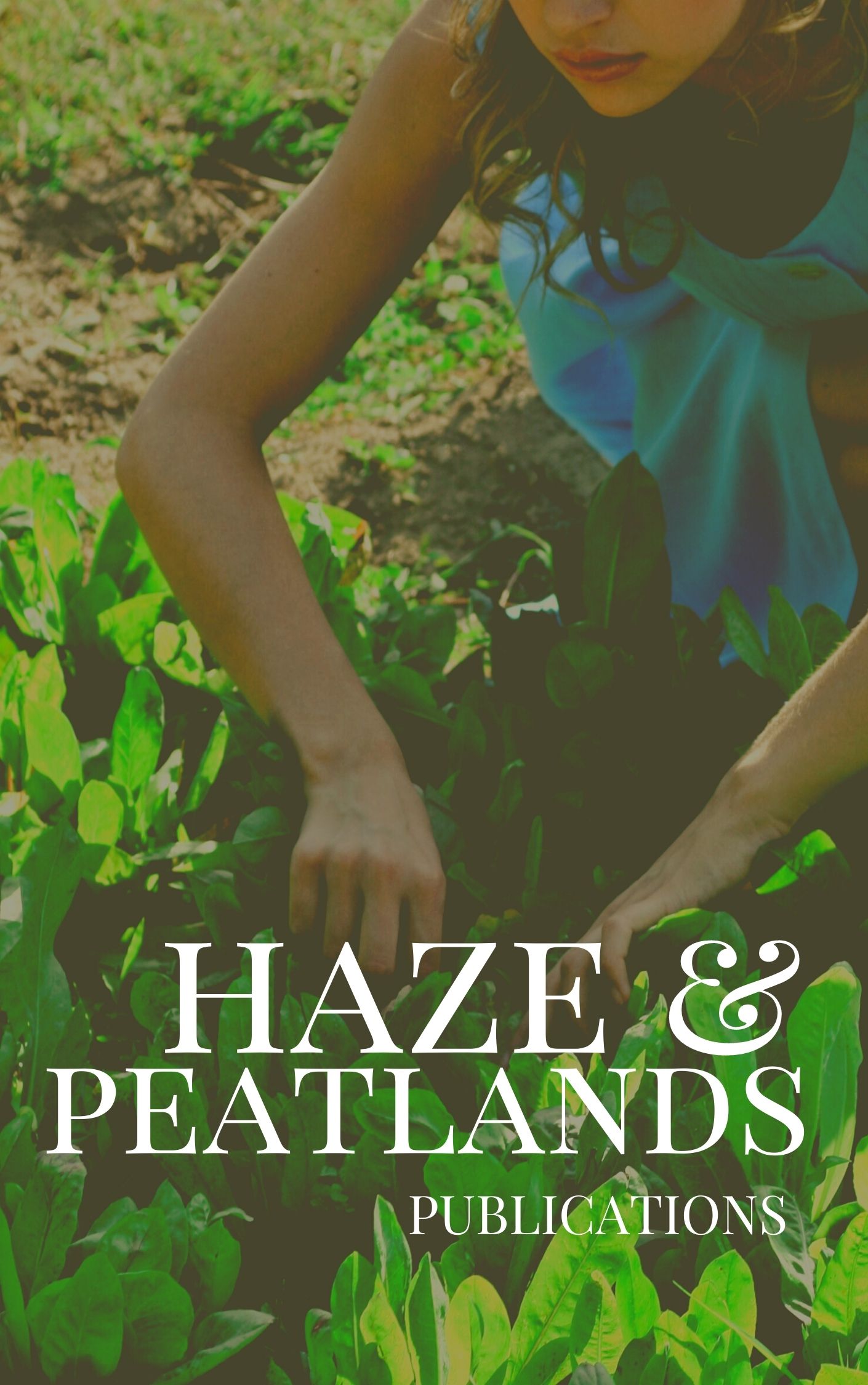The drainage and cultivation of peatlands will lead to subsidence and mineralisation of organic matter, increasing carbon (C) loss as more CO2 is emitted. There is little information about carbon emissions from bare peat soil. A study was undertaken to measure the CO2 emissions from a logged-over peat swamp area that was purposely vegetation-free. We aimed to report CO2 emissions from a bare, drained peatland developed for an oil palm plantation. For 12 months, we used eddy covariance (EC), closed chambers, and soil subsidence measurements to derive CO2 emissions from a logged-over peat swamp area. Significant variations in the estimated soil CO2 efflux were observed in the three tested measurement techniques. The average CO2 flux rate measured by the EC technique was 4.94 +/- 0.12 mu mol CO2 m(-2) s(-1) (or 68.55 tonnes CO2 ha(-1) year(-1)). Meanwhile, the soil CO2 efflux rate measured by the closed chamber technique was 4.19 +/- 0.22 mu mol CO2 m(-2) s(-1) (or 58.14 tonnes CO2 ha(-1) year(-1)). Subsidence amounted to 1.9 cm year(-1), corresponding to 36.12 tonnes CO2 ha(-1) year(-1). The estimation of the C loss was found to be highest by the EC technique, lower by the soil chamber technique, and lowest by the peat subsidence rate technique. The higher CO2 emission rate observed in the EC technique could be attributed to soil microbial respiration and decomposing woody residues in the nearby stacking rows due to the large EC footprint. It could also be affected by CO2 advection from oil palms adjacent to the study site. Despite the large differences in the CO2 emission rates by the different techniques, this study provides valuable information on the soil heterotrophic respiration of deep peat in Sarawak. Carbon emissions from a bare peat area cover only a fraction of the soil CO2 respiration component, i.e., the soil heterotrophic respiration. Further investigations are needed to determine the CO2 emissions by soil microbial activities and plant roots from other peat areas in Sarawak.
View source

